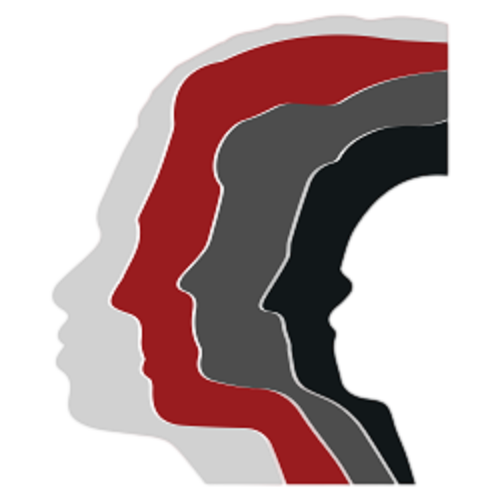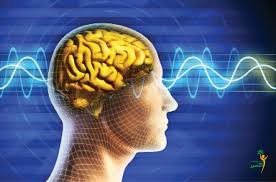The treatment room in psychology is a place where a person generally enters with a secondary emotion such as anger, worry, depression, etc. and begins to describe his feelings with the trust he has in his therapist.
After conducting a clinical interview (hearing what the clients say), the therapist tries to strengthen the therapeutic alliance and the trust formed with the clients with active listening techniques, empathy with feelings and emotions, validation and sometimes self-disclosure. In this way, there is some emotional discharge on the part of the clients.
Just as when a person goes to the dentist and complains of a toothache, the dentist directly investigates and treats the root, the therapist also listens to the secondary emotions, to the primary emotions such as the feeling of not being seen, inferiority complex, fear of judgment and sometimes It deals with the unsatisfied needs of childhood and with the help of the client, he will treat the roots.
The role of the treatment room and the therapists is generally to show the roots and direct the clients’ eyes to them, which will be balanced and healed in the imbalanced parts with the therapist’s suggested techniques and with the help and cooperation of the clients themselves.







